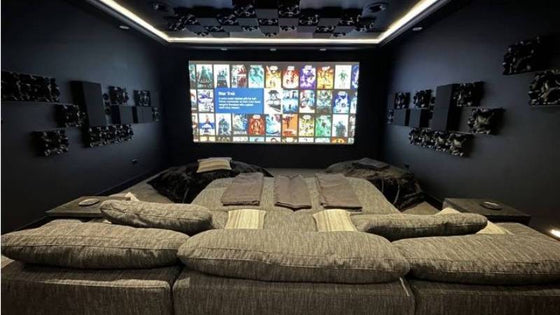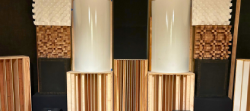Creating a system you love shouldn't be difficult. The Acoustic Frontiers blog is here to help.

This article covers the four main ways in which you can measure your room’s acoustics. In decreasing ease of use order these are:
A recent development are integrated software and hardware acoustical measurement packages such as XTZ Room Analyzer and Dayton Audio Omnimic where you literally get everything you need to measure your room in one box. The software side of these packages is designed to be easy to use, since they will be typically used by beginners and those with no experience of room measurement. The last thing you want to waste time on is figuring out how to use the software to take measurements! Rather spend that time experimenting with speaker and listener positioning, acoustical treatment and room correction.

Pros:
Cons:
There are hundreds of standalone measurement packages on the market, from the free and excellent (Room EQ Wizard) to very expensive (EASERA). Most acoustical measurement software is generic, in that it is not designed expressly for the purpose of taking measurements of a room’s acoustics. As such they are often over-engineered for our purpose and consequently difficult to use.

Pros:
Cons:
Back in the good old days you could only buy hardware based acoustical measurement equipment. Nowadays the only people who tend to use these tools are those who work in nightclubs, professional sound or car audio. Sometimes you will find people who use a software based system most of the time but carry a hardware device to carry out quick spot checks or for use as a backup in case the battery dies at an inopportune time. A couple of good ones are the NTI XL2 and Phonic PAA3.

Pros:
Cons:
This method uses a CD containing test tones played at different frequencies such as 60Hz, 65Hz, 70Hz, etc and a SPL meter. You then play each tone and record the number shown on your SPL meter on a spreadsheet or on a sheet of graph paper. In this way you can plot the frequency response of your room.
Pros:
Cons:
This media room was intentionally designed to feel like part of the home—not a separate, tech-heavy space. Through careful acoustic planning, equipment integration, and final calibration, we achieved a room that is both beautiful to live in and immersive to experience.
"No other subwoofer system I’ve owned even comes close to what this room delivers. Reaching out to Acoustic Frontiers was one of the best decisions I’ve made—I highly recommend working with them if you want to get the most out of your theater."

Nyal Mellor, Founder, Acoustic Frontiers



Nyal Mellor
Author